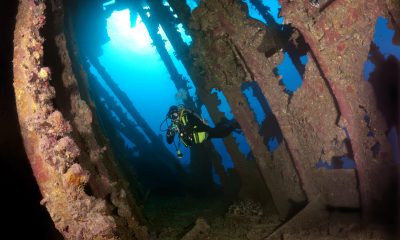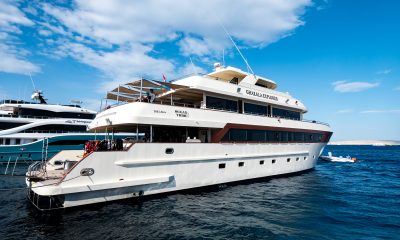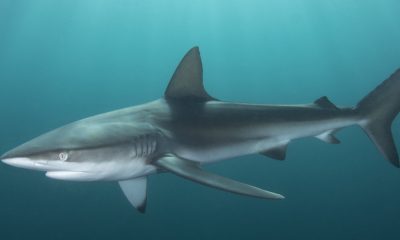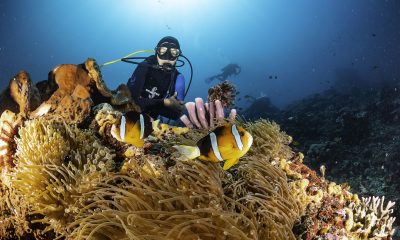Miscellaneous Blogs
Spearfishing: For and Against
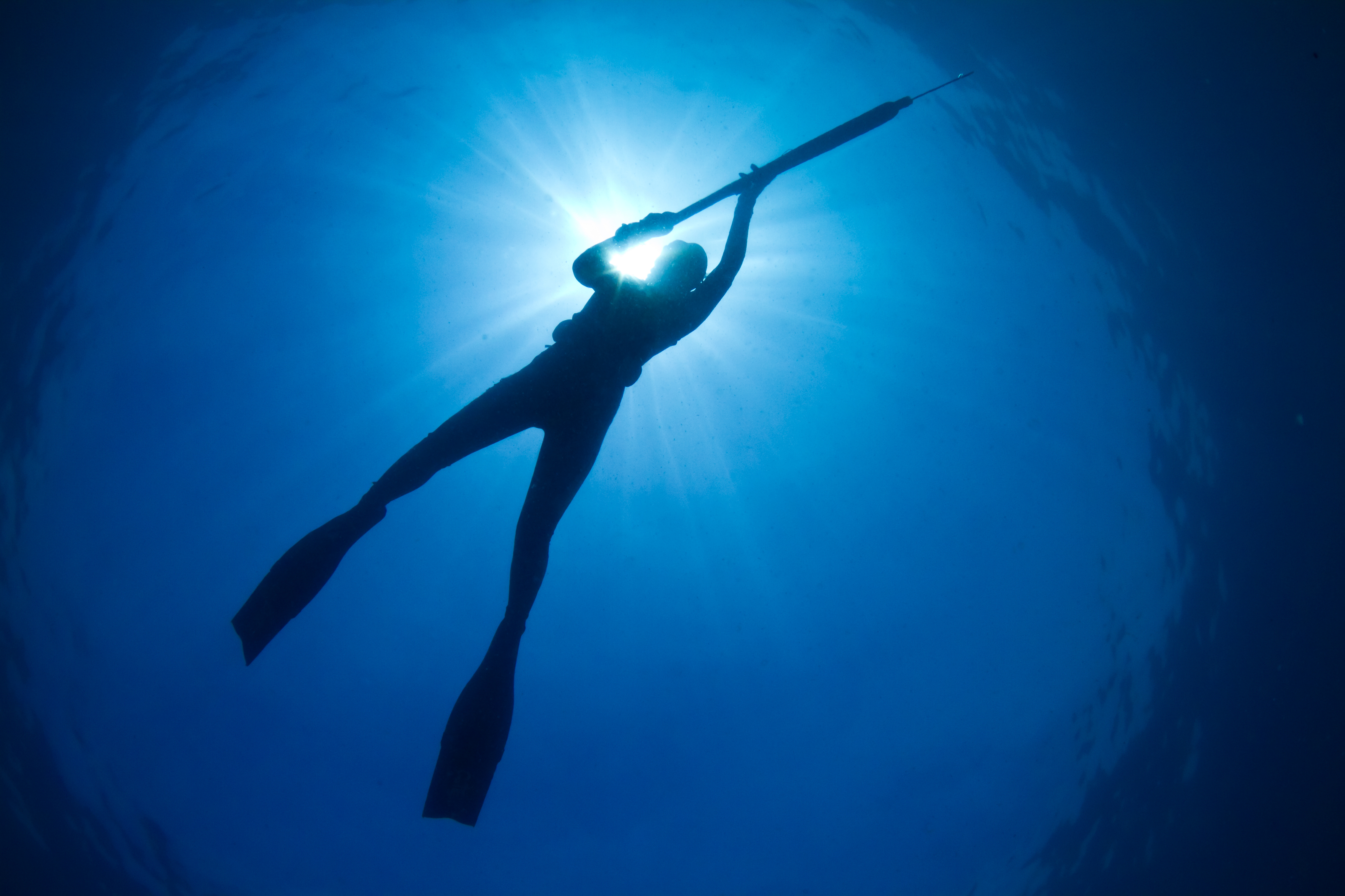
Part 1: Against
Spearfishing – a sustainable form of hunting, or a cruel sport?
I have been asked to write a short article on spear fishing. I started research for this by web searching facts and figures and reading other peoples opinions. In the end I decide just to write this from my own life experiences and from the heart. I found the web searching to be confusing and incomplete. Statistics can be interpreted in many different ways to suit any argument and so become superfluous to many issues. We are so adept and skilled at justifying and rationalising our cruelty to other species as well as each other.
I used to fish when I was younger and was always thrilled by the moment of feeling something unknown on the end of my line. Then as the years flew by I became witness to appalling destruction and desecration of the marine environment by overfishing, pollution, industry and tourism. Fish numbers plummeted to the edge of extinction and glorious unique habitats became rubble wastelands. Then one day I said to my self ‘that’s enough for me’ and have never been able to support any sort of fishing industry since. Even the so-called fish farms can and do take a huge toll on the environment.
One may feel that spearfishing should stand apart from any form of commercial or recreational fishing as it is ultimately selective in the individual animals it targets. There is no by-catch, there is no habitat destruction and there is no waste. Partially true but not 100% correct. As an example in many parts of the world, as the oversized commercial fisheries took their toll so came the spearfishermen to take what was left. Totally uncontrolled, these hunters targeted the biggest and fittest of any species. The overall effect has been quite devastating. Breeding animals were disappearing leaving only the genetically weaker individuals to reproduce. This can lead to a great imbalance in any ecosystem and we, as humans, cannot even begin to predict where it will end. Species become weak and easy prey to others. Their role in maintaining a healthy habitat is diminished, perhaps even providing room for more destructive and unwanted species to move in and dominate.
I tried spearfishing once when I was a teenager. I cornered a small Pollack against a reef. I could see it was wary of me but it had nowhere to go. I eased closer until the tip of my spear was only a few feet away and the pulled the trigger. I remember that fish even after all these years, how it convulsed in shock and absolute pain.
It has been widely and conveniently thought that fish and other marine animals feel no pain, have no self awareness, have no emotions of any sort. We now know this is not true. Scientific research has found evidence of a limbic system in the fish brain. The limbic system in the human brain is believed to be responsible for emotions. Scientists have shown that the brain is active when fish experience pain. It is also now thought that fish have self-consciousness. In this context, self-consciousness means the ability to think about their own actions, to consider different possible scenarios and to modify their decisions on how to act as necessary. When we spear a fish it feels pain, fear and panic just as we would if we were speared somewhere in a field while on a walk. As with humans, fish do not often die immediately. They suffer loss of blood and go into shock. Then if they survive the long journey to the shore or a boat, they slowly suffocate in the air. It can be a long and painful death.
(For more about this, click here.)
People who spearfish are no doubt fit, agile and adventurous. The skills, training and endurance to be able to breath-hold for long periods are to be admired. But having acquired all that, where is the skill in then spearing a fish that has little concept of what is about to happen to it? Most likely the fish will not dart away as the hunter approaches but remain in its territory watching with caution as to what will take place next. Then in an instant the spear penetrates its body – a bit like the sportsman’s equivalent of shooting fish in a barrel. I am often told by people who spear that they only take what is needed for the pot. Perhaps so, but they take the biggest of the species, the ones best suited for mating. Still they cause great suffering and pain to an individual.
This does of course beg the question of commercial fisheries. If we are at all concerned with animal welfare as we say we are, we really need to address the issues of inhumanely killing untold millions of sea creatures every year.
If freedivers need to test their skills and endurance, I would recommend trying to film or photograph the fish instead of killing it. A person spear fishing doesn’t even really need to get that close to their prey to fire a spear, but taking a good picture requires infinitely more skill as you need to get closer and for longer.
As a species we have a blinkered attitude to other species that show no familiar outward human-like behaviour, especially if we are unable to hear their cries. We blindly ignore their lives. It intrigues me, when with a group of divers returning to the boat or shore, that they will be excited and animated about the fish or octopus or lobster they have just seen. Only moments later they seem to switch off their brains in the café and order fish, calamari or lobster without even a second thought. On the next dive they will complain that the fish have gone or the huge lobster on the wreck is no longer there.
If you are tempted to go into your local dive shop to buy a spear gun can I ask you to reconsider and ask about an underwater camera instead? The adventure will last longer as the fish will still be there the following day and in the end give a great deal more excitement and pleasure.
What are your thoughts on Spearfishing? Let us know in the comments section below.
Blogs
The BiG Scuba Podcast Episode 173: DEEP – Making Humans Aquatic
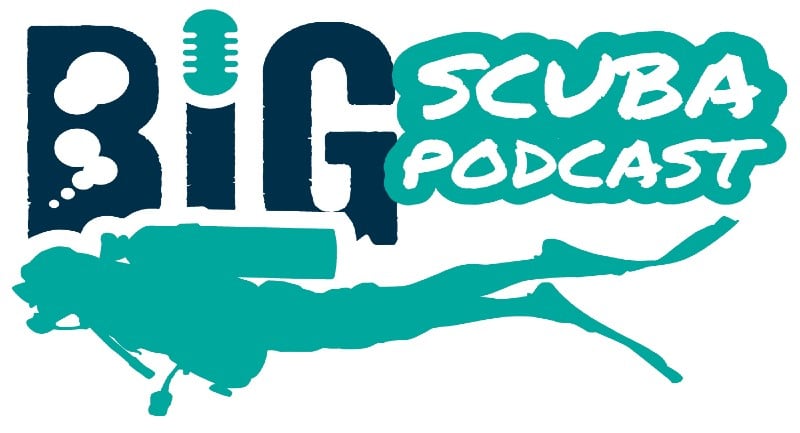
Gemma and Ian visited DEEP and were hosted by Phil Short, Research Diving, Training Lead, and were given a tour of the facility at Avonmouth and then over to the Campus at Tidenham.
DEEP is evolving how humans access, explore and inhabit underwater environments. Through flexible, modular and mobile subsea habitats that allow humans to live undersea up to 200m for up to 28 days, work-class submarines, and advanced human performance research, DEEP completely transforms what we are capable of underwater and how we conduct undersea science and research.
You can listen to Episode 173 of the BiG Scuba Podcast here.
We hope you have enjoyed this episode of The BiG Scuba Podcast. Please give us ★★★★★, leave a review, and tell your friends about us as each share and like makes a difference. Contact Gemma and Ian with your messages, ideas and feedback via The BiG Scuba Bat Phone +44 7810 005924 or use our social media platforms. To keep up to date with the latest news, follow us:
We are on Instagram @thebigscuba
We are on Facebook @thebigscuba
We are in LinkedIn https://www.linkedin.com/in/ian%F0%9F%A6%88-last-325b101b7/
The BiG Scuba Website www.thebigscuba.com
Amazon Store : https://www.amazon.co.uk/shop/thebigscuba
Visit https://www.patreon.com/thebigscubapodcast and subscribe – Super quick and easy to do and it makes a massive difference. Thank you.
Blogs
The BiG Scuba Podcast Episode 172: Dr. Joseph Dituri
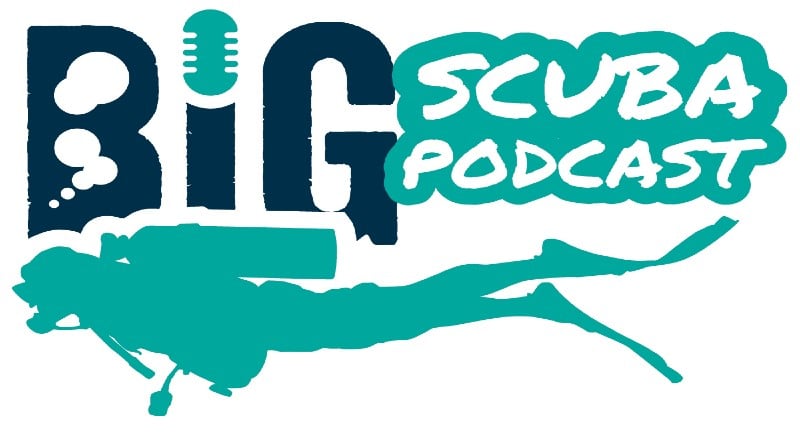
Gemma and Ian chat to Dr. Joseph Dituri. Dr. Jospeh Dituri lived undersea for 100 Days in a mission combining education, ocean conservation research, and the study of the physiological and psychological effects of compression on the human body.
Dituri enlisted in the U.S. Navy in 1985. He served continuously on active service upon various ships and shore stations where he was involved in every aspect of diving and special operations work from saturation diving and deep submergence to submersible design and clearance diving. Now that he is retired from 28 years of active service to the United States, he is the president of the International Board of Undersea Medicine. He also volunteers his time as the CEO of the Association for Marine Exploration. He is an invited speaker on motivational, sea and space related topics.
Fuelled by his passion for exploration, discovery, adventure, and making the greatest possible positive contribution to the world, he is fighting for change in a big way and with great enthusiasm.
You can listen to Episode 172 of the BiG Scuba Podcast here.
We hope you have enjoyed this episode of The BiG Scuba Podcast. Please give us ★★★★★, leave a review, and tell your friends about us as each share and like makes a difference. Contact Gemma and Ian with your messages, ideas and feedback via The BiG Scuba Bat Phone +44 7810 005924 or use our social media platforms. To keep up to date with the latest news, follow us:
We are on Instagram @thebigscuba
We are on Facebook @thebigscuba
We are in LinkedIn https://www.linkedin.com/in/ian%F0%9F%A6%88-last-325b101b7/
The BiG Scuba Website www.thebigscuba.com
Amazon Store : https://www.amazon.co.uk/shop/thebigscuba
Visit https://www.patreon.com/thebigscubapodcast and subscribe – Super quick and easy to do and it makes a massive difference. Thank you.
-
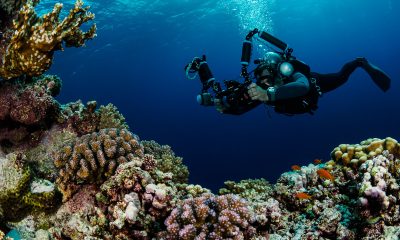
 News3 months ago
News3 months agoHone your underwater photography skills with Alphamarine Photography at Red Sea Diving Safari in March
-
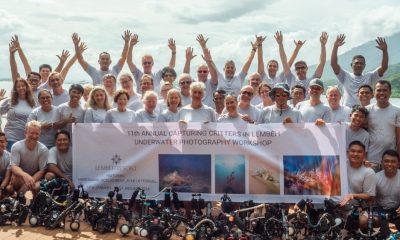
 News3 months ago
News3 months agoCapturing Critters in Lembeh Underwater Photography Workshop 2024: Event Roundup
-
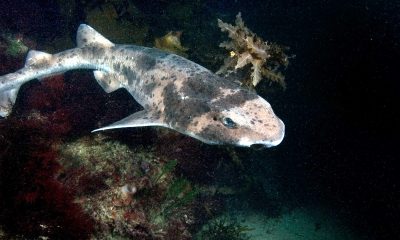
 Marine Life & Conservation Blogs3 months ago
Marine Life & Conservation Blogs3 months agoCreature Feature: Swell Sharks
-
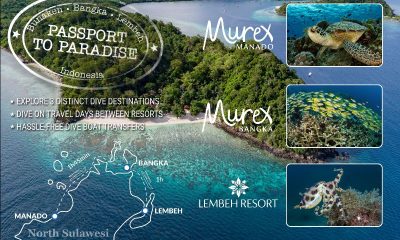
 Blogs2 months ago
Blogs2 months agoMurex Resorts: Passport to Paradise!
-
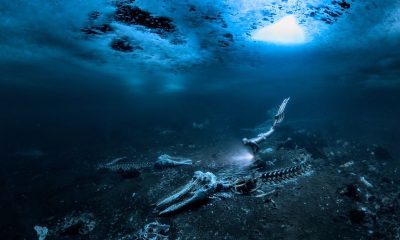
 Blogs2 months ago
Blogs2 months agoDiver Discovering Whale Skeletons Beneath Ice Judged World’s Best Underwater Photograph
-
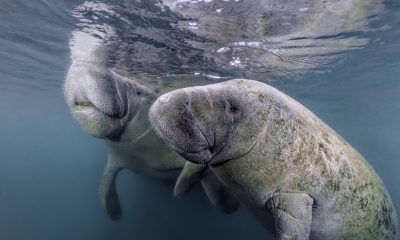
 Marine Life & Conservation2 months ago
Marine Life & Conservation2 months agoSave the Manatee Club launches brand new webcams at Silver Springs State Park, Florida
-

 Gear Reviews3 months ago
Gear Reviews3 months agoGear Review: Oceanic+ Dive Housing for iPhone
-
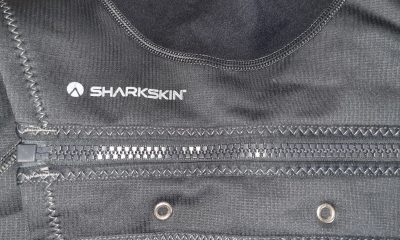
 Gear Reviews2 weeks ago
Gear Reviews2 weeks agoGEAR REVIEW – Revolutionising Diving Comfort: The Sharkskin T2 Chillproof Suit





